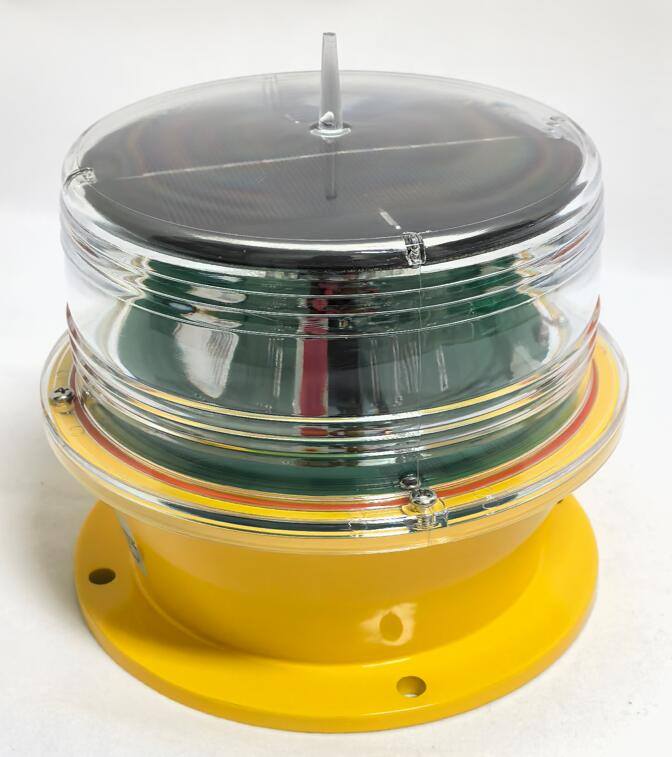Solar Powered Obstruction Lights: The Future of Aviation Safety
Solar powered obstruction lights have emerged as a sustainable and efficient solution for aviation safety. These lights are essential for marking tall structures such as communication towers, wind turbines, and buildings to prevent collisions with aircraft. Unlike traditional lighting systems, solar powered variants harness renewable energy, reducing operational costs and environmental impact. This article explores the benefits, applications, and technological advancements of solar powered obstruction lights.
Why Solar Powered Obstruction Lights?
1. Energy Efficiency and Sustainability
Solar powered obstruction lights rely on photovoltaic panels to convert sunlight into electricity, storing it in batteries for nighttime or low-visibility conditions. This eliminates the need for grid electricity, reducing carbon emissions and energy consumption.
2. Cost-Effective Operation
Since these lights operate independently of external power sources, they significantly lower electricity bills and maintenance expenses. There are no wiring costs, making them ideal for remote or hard-to-access locations.
3. Reliability in Remote Areas
Structures in isolated regions often lack reliable power infrastructure. Solar powered obstruction lights ensure continuous operation without dependence on unstable grid connections, enhancing safety in such areas.

4. Compliance with Aviation Regulations
Aviation authorities worldwide mandate the use of obstruction lights on tall structures. Solar powered models meet international standards (such as ICAO and FAA) while providing a greener alternative.
Applications of Solar Powered Obstruction Lights
1. Telecommunication Towers
Telecom towers, often located in remote areas, benefit from solar powered obstruction lights due to their self-sufficiency and low maintenance requirements.
| solar powered obstruction lights |
2. Wind Turbines
As wind farms expand, marking turbines for aircraft safety becomes crucial. Solar powered lights offer a sustainable way to ensure visibility without additional energy costs.
3. High-Rise Buildings and Bridges
Urban structures must comply with aviation safety regulations. Solar powered lights provide an eco-friendly solution for skyscrapers and long-span bridges.
4. Offshore Structures
Oil rigs and offshore wind turbines face harsh environments where traditional power sources may fail. Solar powered obstruction lights ensure uninterrupted operation.
Technological Advancements
1. Improved Battery Storage
Modern lithium-ion and gel batteries enhance energy storage, allowing solar powered obstruction lights to function efficiently even during extended cloudy periods.
| solar powered obstruction light |
2. Smart Lighting Controls
Advanced models feature automatic brightness adjustment based on ambient light conditions, improving energy efficiency and visibility.
3. Enhanced Durability
Weather-resistant materials and corrosion-proof designs ensure long-term performance in extreme climates, from deserts to polar regions.
4. Wireless Monitoring Systems
Some solar powered obstruction lights now include IoT-enabled monitoring, allowing remote diagnostics and performance tracking for proactive maintenance.
Challenges and Solutions
While solar powered obstruction lights offer numerous advantages, challenges such as limited sunlight in certain regions and battery degradation exist. However, advancements in high-efficiency solar panels and energy storage technologies continue to mitigate these issues.
Solar powered obstruction lights represent a significant leap forward in aviation safety and sustainable technology. By combining energy efficiency, cost savings, and compliance with international standards, they are becoming the preferred choice for marking hazardous structures. As solar technology advances, these systems will only grow more reliable and widespread, ensuring safer skies for future generations.
